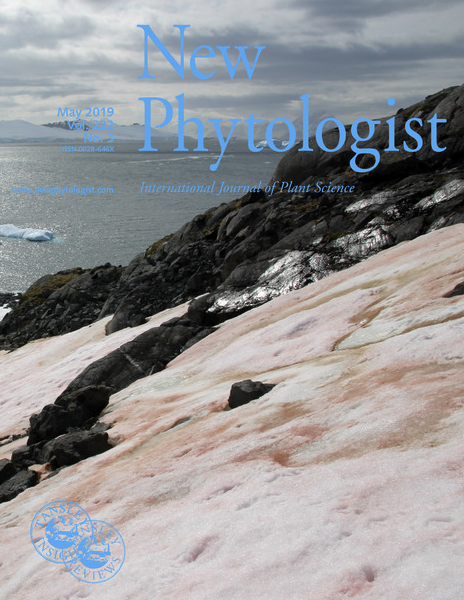| Title | Cross-compartment metabolic coupling enables flexible photoprotective mechanisms in the diatom Phaeodactylum tricornutum |
| Year of Publication | 2019 |
| Authors | Broddrick JT, Du N, Smith SR, Tsuji Y, Jallet D, Ware MA, Peers G, Matsuda Y, Dupont CL, Mitchell BG, Palsson BO, Allen AE |
| Journal | New Phytol |
| Abstract | Photoacclimation consists of short- and long-term strategies used by photosynthetic organisms to adapt to dynamic light environments. Observable photophysiology changes resulting from these strategies have been used in coarse-grained models to predict light-dependent growth and photosynthetic rates. However, the contribution of the broader metabolic network, relevant to species-specific strategies and fitness, is not accounted for in these simple models. We incorporated photophysiology experimental data with genome-scale modeling to characterize organism-level, light-dependent metabolic changes in the model diatom Phaeodactylum tricornutum. Oxygen evolution and photon absorption rates were combined with condition-specific biomass compositions to predict metabolic pathway usage for cells acclimated to four different light intensities. Photorespiration, an ornithine-glutamine shunt, and branched-chain amino acid metabolism were hypothesized as the primary intercompartment reductant shuttles for mediating excess light energy dissipation. Additionally, simulations suggested that carbon shunted through photorespiration is recycled back to the chloroplast as pyruvate, a mechanism distinct from known strategies in photosynthetic organisms. Our results suggest a flexible metabolic network in P. tricornutum that tunes intercompartment metabolism to optimize energy transport between the organelles, consuming excess energy as needed. Characterization of these intercompartment reductant shuttles broadens our understanding of energy partitioning strategies in this clade of ecologically important primary producers. |
| URL | Pubmed |
